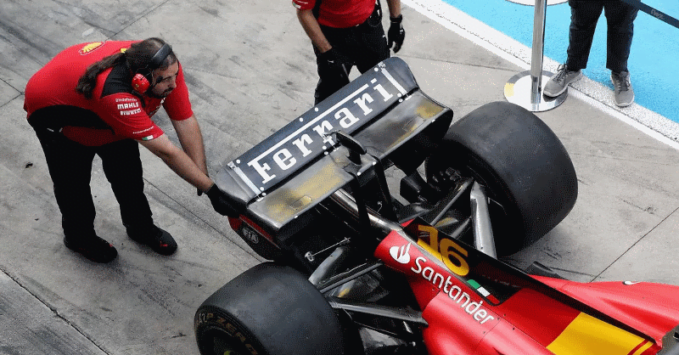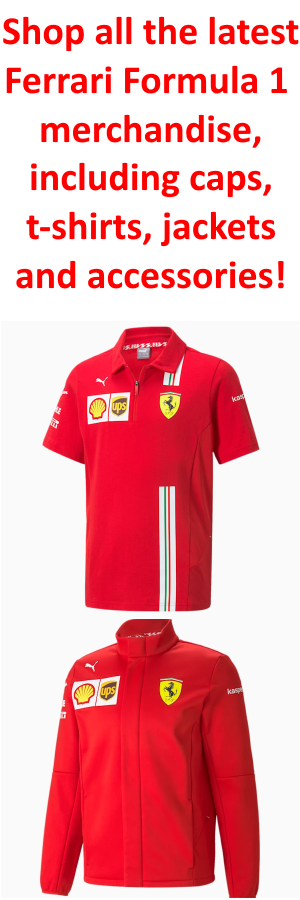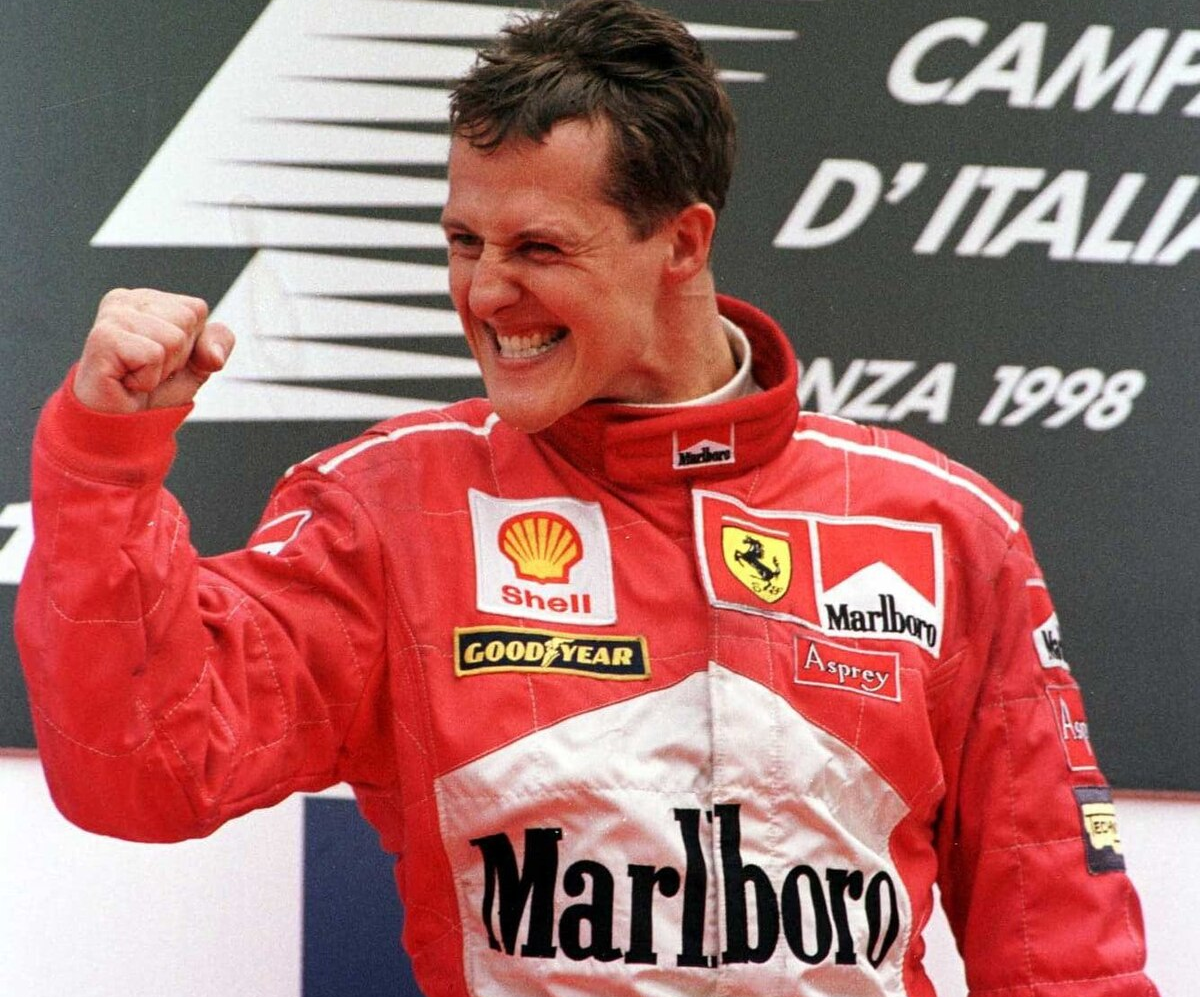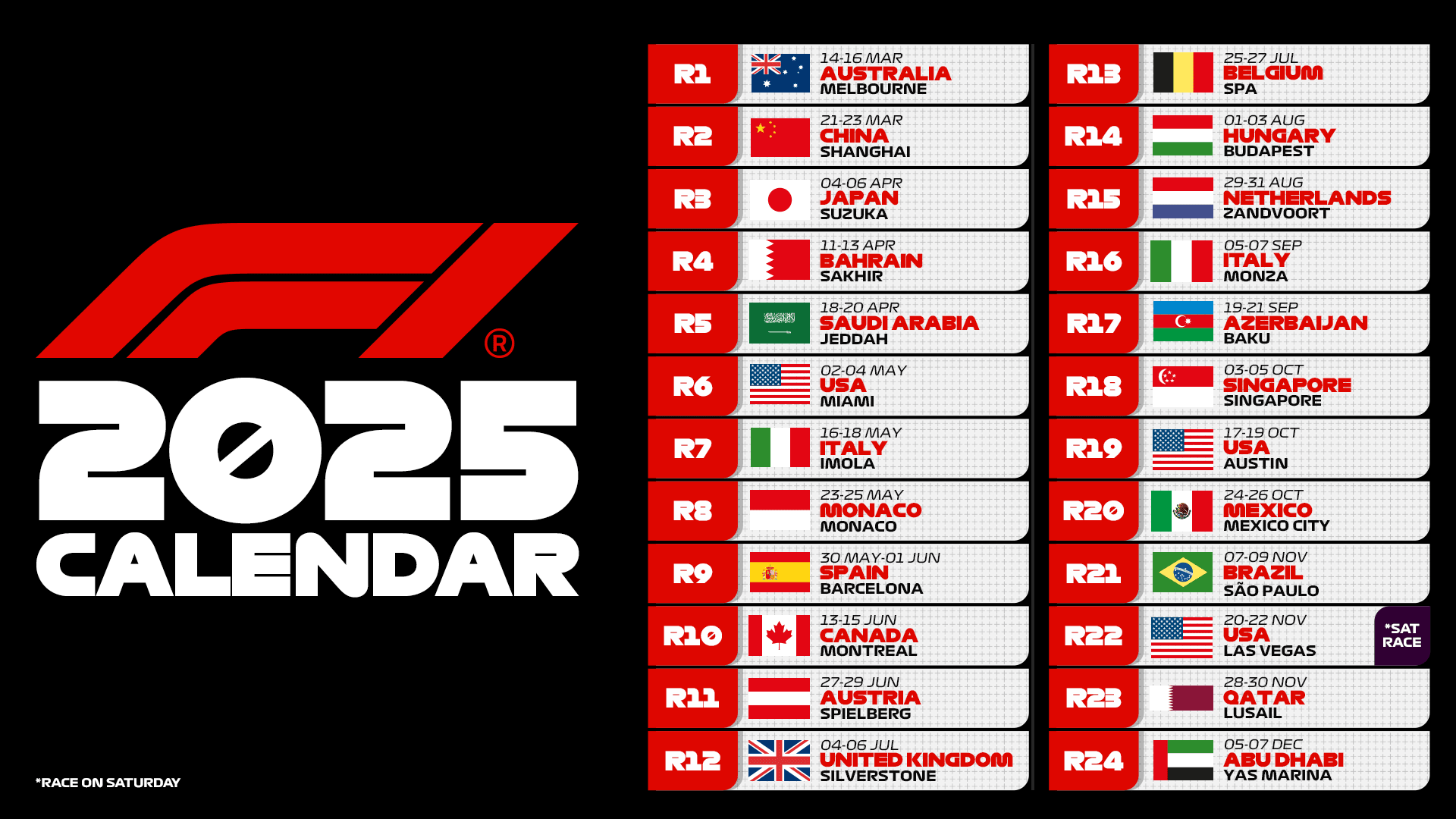
Ferrari has an engine, probably the most powerful when it comes to maximum power, referring to the endothermic part. Having precise data in this regard is always difficult, but the firsthand information we have received says this. In the current power units, there is also the hybrid part, a very important component that can effectively shift the competitive balance of modern power units. On this point, let’s try to focus briefly before proceeding. A kind of general overview of the “Ferrari code” that we have been closely monitoring for the past 4 years through the fantastic tool called “on board.”
This context has allowed us to decipher, after many sleepless nights, the technical characteristics necessary to comment on this complex topic with the right understanding. Therefore, we have tried to establish a sort of direct connection with drivers and technicians, and then offer it to the readers through the narrative of events on board the two red cars. With the pleasantries out of the way, let’s delve into some key points that will be very useful to understand what is happening with the Maranello cars.
Ferrari SF-23: SOC (state of charge) system
F1 drivers have a steering wheel that essentially resembles an aircraft console, with specific proportions. Buttons, dials, and levers capable of modifying various parameters related to the performance of the single-seater. All of this is managed by various software often pre-set based on the circuit’s characteristics and needs. An essential interface to control the cars at every moment of a session, whether it’s official or not. The power unit includes a hybrid component: two motor generators, MGU-H and MGU-K, a battery pack where recovered electrical energy is stored/released, and the control unit that manages the operation of these elements.
In Ferrari, the knob responsible for managing the system’s operation is called SOC (state of charge), a rotating dial paired with a numbering ranging from 1 to 12, where the first number represents the maximum power deliverable, and the last represents the minimum. The more competitive the mapping, the less recovery, and vice versa. As we can easily understand, unlike the command that manages the internal combustion engine (Engine), which can be modified without the need for recharging, the SOC knob is a very sensitive variable that must be managed while considering the work of other components.
Although the endothermic engine is also managed over the course of a Grand Prix, for example, to monitor fuel consumption, operating temperatures, and preserve the component’s lifespan, the power expressed by the motor generators, available only for a certain amount of time during a session, is crucial during overtaking and defense phases. In this context, the goal is to maximize the benefit without depleting all available energy.
To all this, we add the modes that encompass specific parameters, useful for handling normal situations that arise during a race weekend by overwriting the current mappings: Safety Car mode (conservative values), Race mode (standard values), and Push mode (high values), to name three examples. Of course, there are many others, but they are not relevant to this discussion. Now, returning to the administration of the hybrid mechanism in general.
Show your support for Scuderia Ferrari with official merchandise collection! Click here to enter the F1 online Store and shop securely! And also get your F1 tickets for every race with VIP hospitality and unparalleled insider access. Click here for the best offers to support Charles and Lewis from the track!
Ferrari SF-23: The new software of PU 066/10
During the current season, we noticed and pointed out a fact at an unexpected time: the 066/10 engine can deliver a truly significant maximum power in horsepower. Most likely the best in the field. However, a performance delay was observed in the hybrid part compared to the Honda power unit that equips the two Red Bull cars. We are talking about a negative gap regarding system efficiency, as the charging and discharging capacity of the RB19s was superior. Additionally, when combined with the superior aerodynamic efficiency of the Austrian cars, which allowed them to accelerate on the straight and achieve unreachable top speeds for the SF-23, it slowed down the red car in the long straight sections, running out of energy.
This problem had been haunting Ferrari for about a year and a half, on which the motor department, led by Enrico Gualtieri, has invested significant efforts in recent months. The work was carried out by taking advantage of the “regulatory clause” that allows for a single annual intervention on the hybrid part of the car. A measure that, as we could see in Monza, the perfect stage to test the novelty introduced on the red cars, seems to have met expectations.
Red Bull had already taken advantage of this “concession” from the FIA in the past by developing specific software to maximize the performance of their power unit. The Prancing Horse took more time to get there and, through intense studies supported by external sources, achieved the result by optimizing the distribution of energy recovered by the motor generators, making the entire system more efficient.
This means that, referring back to the previous section regarding SOC mappings, with the same numerical settings on the knob for managing the recovery and use of approximately 160 hp from exhaust enthalpy and the kinetic force of the motor, the red car produces superior performance. Both in terms of power optimization and recharging speed. This aspect undoubtedly has a positive impact on lap times and the attacking/defending phases against other cars.
Ferrari SF-23: The hybrid system supports tire management
But at Ferrari, they are by no means amateurs, as is often thought or assumed. Criticizing a team, as we often do by analyzing technical factors that don’t work on the car, does not automatically label the individuals responsible for the work as incompetent. Furthermore, we want to emphasize one point, a note to the readers: creating articles dedicated to these topics does not intend to suggest to Ferrari what they should do. It has never done so and will never do so.
By taking advantage of the opportunity to work on the Italian power unit regarding the hybrid part, Ferrari, in addition to improving its performance, has developed specific software related to tire management. Speaking of tire grip, we consider the so-called “traction circle,” a graphical representation to visualize the grip of a certain tire compound. The larger the circle, the greater the available grip. Each tire has a limit of tolerable force, beyond which there is a loss of grip on the asphalt.
The compounds produce a certain amount of lateral and longitudinal grip. Therefore, we are talking about two components of force to evaluate. If their sum (resultant vector) goes beyond the maximum circumference of the circle, during acceleration, the annoying phenomenon called “wheel-spin” occurs, while during braking, lock-ups occur. Both are harmful situations that, in addition to negatively affecting the stopwatch, also reduce the tire’s lifespan.
We have, therefore, understood that by providing more power than necessary, the tire compounds are subject to minor slip, visible only through a detailed analysis. These are slips that, in turn, cause faster degradation and, above all, higher thermal stress that significantly increases compound consumption over the long haul. However, thanks to the “new instructions” injected into the system that processes data related to hybrid management, Ferrari has optimized the power release phase, minimizing the wheel-spin phenomenon. Furthermore, at the same time, it uses the saved energy at the end of straights by eliminating clipping.
As a result, the Maranello team has achieved consistent performance of the power unit in high-speed sections of the track and more effective tire management. Without a doubt, in F1, it is quite complicated to quantify the importance of each individual factor on the final result. However, the scenario described finds confirmation in the performance of the last Grand Prix. It will be interesting to see if the changes made could somehow compromise the excellent traction of the SF-23. In this regard, Singapore will be the ideal testing ground.
Source: Alessandro Arcari for Formula Uno Analisi Tecnica












.png)

Leave a Reply